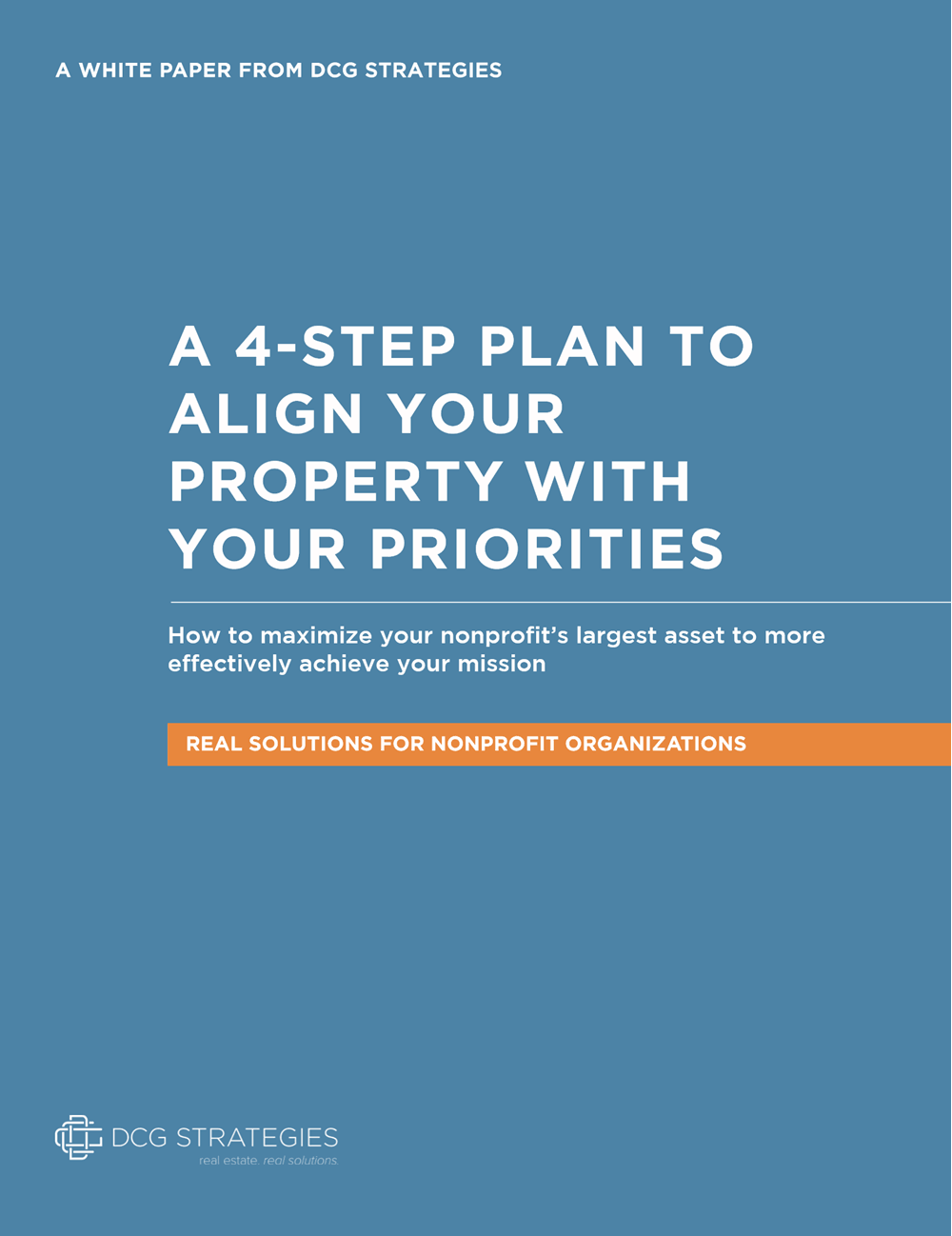… Just when you thought you knew the lay of the land…
As many were gearing up for Independence Day celebrations, the California Education Code provision regarding charter schools and public school district surplus property quietly expired on June 30 with little to no fanfare. There are important implications for both parties.
As a refresher, Education Code section 17457.5 and 1764(a), which became effective on June 27, 2012, added charter schools to the list of entities to whom school district surplus property must be offered before going to the open market. In fact, it moved them to the front of the line by requiring school districts to offer the property first to the charter schools before offering it to other entities. There are a myriad of requirements that go along with this code; and notably it was incumbent on the charter school to lead off the process by submitting a written statement of interest to be notified of surplus property. Charters were then entitled to purchase the property at a capped amount based on an inflation rate applied to the original acquisition cost, plus the cost of facilities construction that has occurred on the site and not to fall below 25% of the fair market value of the property (with a similar pricing mechanism for leasing a site). However, even with these stipulations, the public school district was not required to proceed with a sale or lease to any party.
So what does this mean for the future of charter schools? For those who have 80 or more in-district students, the sunsetting of this provision could potentially limit their ability to access a school site to lease or purchase. Without being able to leverage this stipulation as part of a facility acquisition strategy, it could place further limits on the type of facility and property a charter school can afford.
For public schools with surplus property, this removes one of the many requirements and hurdles a district has to go through as they sell or lease surplus property. That said, maintaining a strong relationship between their district and charter schools benefits the entire community; and continuing to engage with the charter schools when property is available helps support the overall mission of both entities: ensuring our children are provided with the best educational environment for the student and family.
Over the past decade, DCG has worked with educational leaders across California to help analyze their real property assets to determine the feasibility of using these sites more effectively and efficiently in pursuit of both fiscal sustainability and the realization of key district initiatives. Our unique blend of real estate and policy experience has helped school districts like Napa Valley USD, Newark USD, New Haven USD and others across the state realign real estate assets to better serve their overarching educational mission, realize operational efficiencies to support fiscal sustainability, identify opportunities for short and long-term revenue and create “win-win” community relationships with other public and private entities.
So if your priorities require a land use analysis of your facility and sites, navigating the surplus property process, or acquisition services or disposition through sale or lease of sites… DCG can help. And don’t take our word for it, hear from some of your peers about their experiences.





